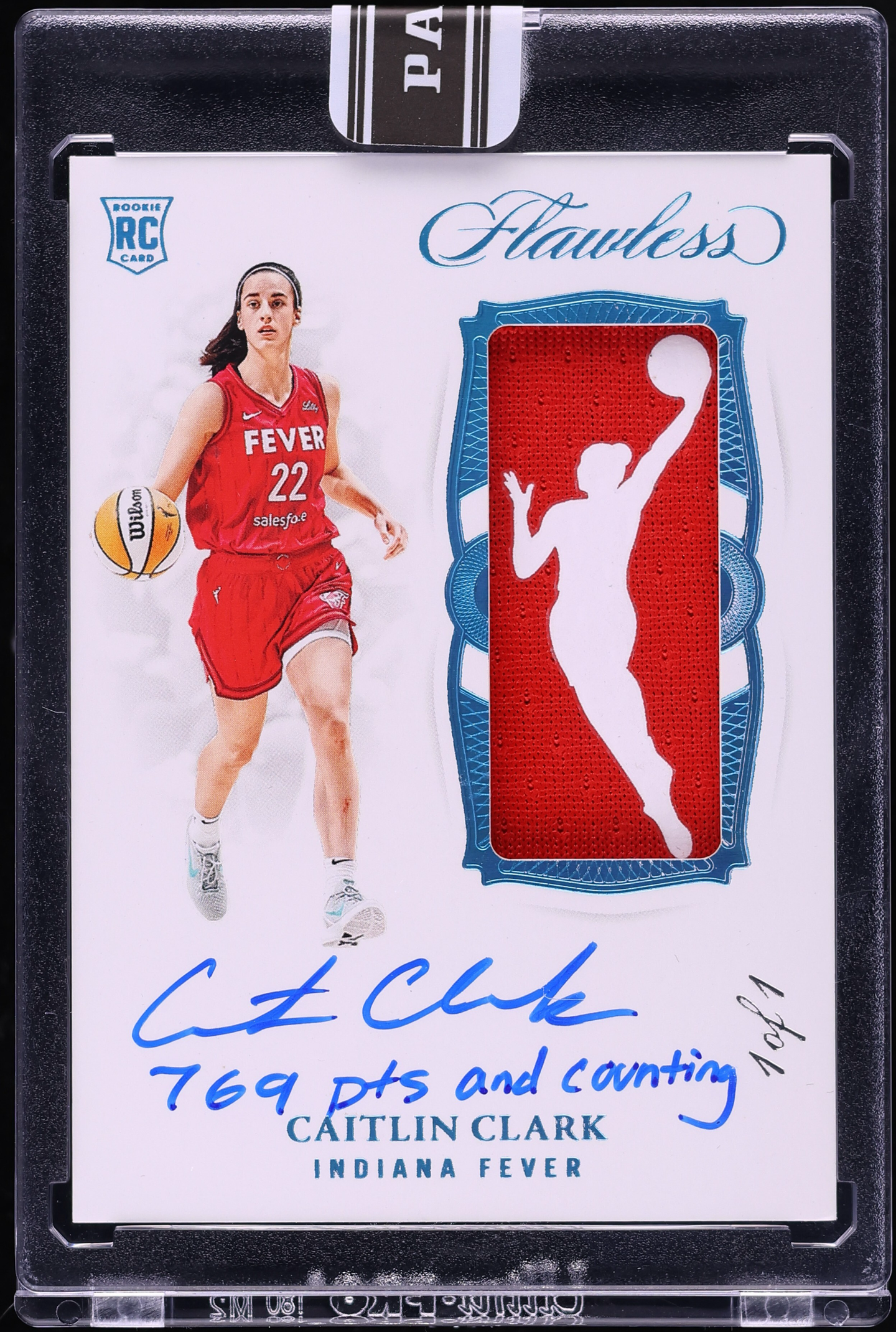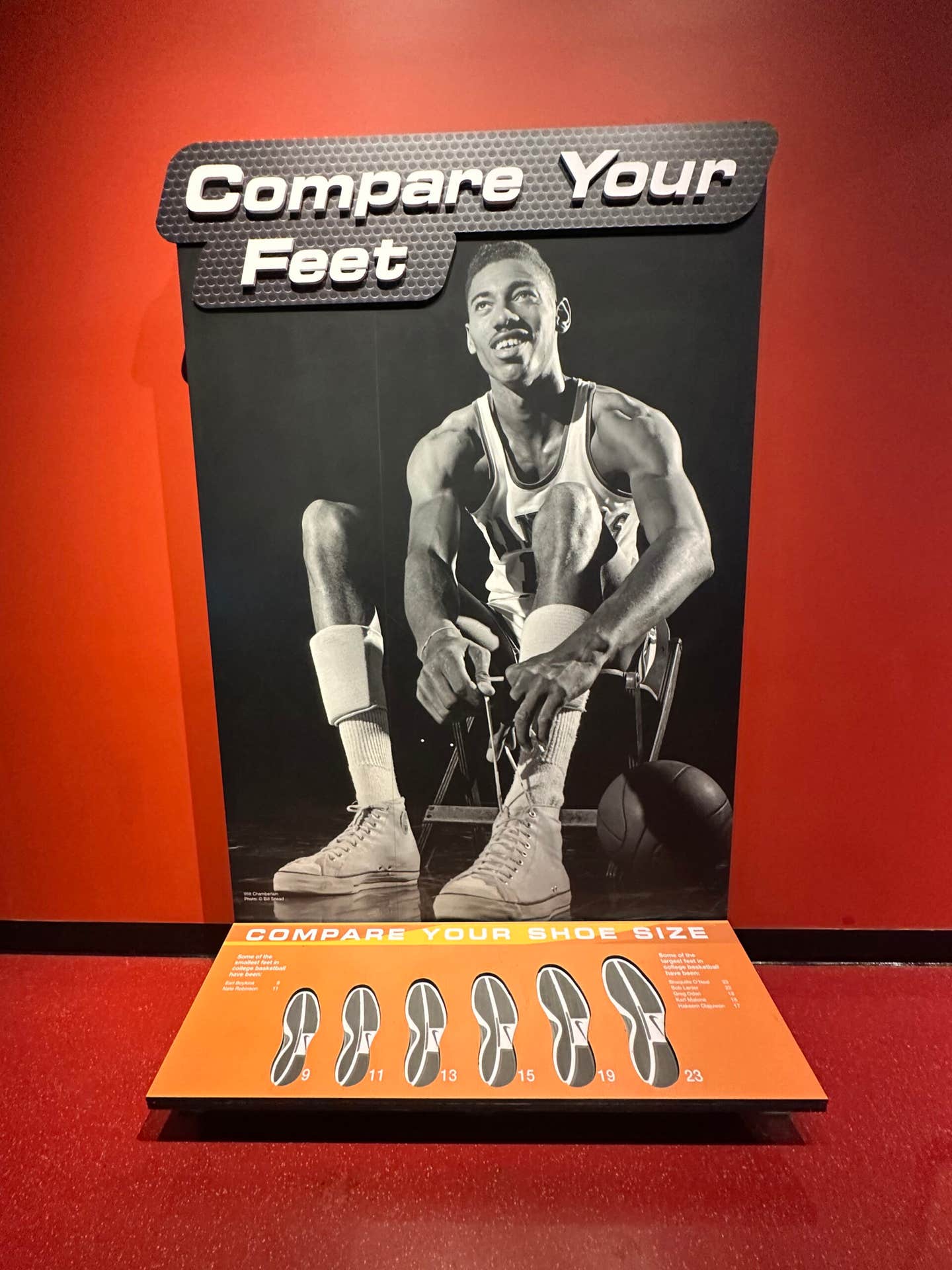News
League Park Mystery Seats Surface . . . in Vermont?
By Paul Ferrante
Just like any other type of collectible, baseball stadia involves the thrill of the hunt; the more rare the item, the more sweet the reward. Case in point: League Park, home of the Cleveland Indians from the late 1800s to 1946.
I’ll try not to rehash too much of the park’s history, as it was already covered in depth in a feature article I did for SCD a few years back. But the basics of the building’s history will serve as the backdrop to a pretty far-out tale which took place last year.
League Park was built in 1891 at the intersection of East 66th Street and Lexington Avenue. The National League’s Cleveland Spiders were the first inhabitants, enduring some tough seasons in both won-loss records and attendance before dropping out of the league.
In 1900, the Grand Rapids franchise of the Western League was moved to Cleveland and renamed the Blues. A few years later, the park was enlarged and rebuilt in steel and concrete, its capacity increasing to 18,000. The dimensions were 385 feet to left, 505 feet to center and 290 feet to right. The park was double-decked and roofed from foul pole to foul pole. Despite the mammoth distance to center, it was considered a cozy park, with the fans close to the action. A few name changes for the franchise were forthcoming, but the American League Indians would be the longest-running occupants of League Park (which would also be known as Dunn Field in the 1910s and early 1920s).
Over the years, League Park would host its share of big games and hometown heroes, from Tris Speaker to Bob Feller. Its only World Series came in 1920, with the Indians defeating Brooklyn. But by the 1930s, the park’s limited seating led to the Tribe splitting time between League Park and the cavernous Municipal Stadium, which would later be vilified for its anti-coziness.
After the Indians left for good in ’46, the building was used for a few years more by the Negro Leagues and the NFL (Rams/Browns). In 1951, League Park was bought by the city and demolished.
Where are the artifacts?
When researching my SCD feature, I couldn’t find any records of League Park fixtures being relocated to minor league facilities, schools, prisons or county fairs. As no sale was held for the general public, it appeared that the contents of the park went to the scrap heap.
As I noted then, by far the most prized item from League Park would be the ornate end seats, which feature a vertical bat with ball and glove entwined in ornate scrollwork. This plate was bolted to the side stanchion of the (floor mount) seat. These chairs, as with other League Park fixtures, were as rare as hen’s teeth, although one did surface in 2000 when a former usher contacted local stadia dealer Sean Walsh offering a pair, which included a figural, for sale. Apparently, he’d kept them in his garden, and the elements had not been kind to them.
From what was salvageable, Sean managed to put together one very good figural seat. At this point, I’m sure that Sean, as well as other Stadia dealers and collectors, was hoping that other League Park relics would start to come out of the woodwork, but this garden variety twosome would serve as but a tantalizing morsel to a hungry hobby. Which is what makes the rest of this story so much more interesting.
It was last fall when Sean contacted me via e-mail with the report of a cache of League Park seats being sold by an auction house in Vermont, where the seats were purportedly stored in a barn.
This revelation triggered a list of questions that any Stadia enthusiast would ask:
– How does a dealer in Cleveland find out about a “find” in Vermont?
– How did he know the seats were actually from League Park?
– What would seats from Cleveland be doing in Vermont, anyway? (You would think Braves Field or Fenway first.)
– Were there any figurals in the lot?
– How much did they go for at auction?
Sean explained that he was part of a group of dealers who had purchased the seats, all of whom I’ve profiled at one time or another over the years in the pages of SCD: Mike and Dave Rozanc of St. Louis; Richie Aurigemma of Thornwood, N.Y.; George Tahan of Boston; and of course, Sean himself.
I figured I’d shoot all the guys an e-mail to get their side of the story, for a couple of reasons. First, if you ask any five people to tell the same story, you’ll get five different versions. I wanted to make sure the key elements jibed. Second, and I don’t want this taken the wrong way, these guys – who are all established names within the hobby – are competitors, and there have been times when they have exhibited, shall we say, differences of opinion. The thought of this diverse group of dealers banding together for anything was pretty intriguing.
So, over the winter and spring we traded e-mails and phone calls, and they also were gracious enough to send photos. What you will read is a composite of all their accounts.
The story of the find
In June 2010, the auction house of Thomas Hirchak Co. of Morrisville, Vt., contacted hobby dealers specializing in ballpark seats to inquire about some seats they were going to sell as part of the estate of a Vermont gentleman named Herb who had owned a car dealership nearby.
Herb, by all accounts, was quite a character, and had amassed an eclectic collection of everything from farm tractors to furniture. Included in this menagerie was seven rows of stadium seats, five or six seats to a row. Each row had a decorative end seat. The auction house was trying to ascertain where the seats, which were in fairly good condition, were from, and if the dealers would be interested in bidding on them in an upcoming auction. A photo accompanied the e-mail.
George Tahan’s reaction as described to me (“Holy _____!”) pretty much captured the group’s surprise. He contacted Sean, who as you remember was the possessor of the only League Park figural seat at that time. Sean confirmed that the auctioneer’s seats were a match.
As George saw it, this treasure trove presented problems for anyone interested. First, the auction house, now sure they had items of great value, was going to be looking for top dollar (a League Park figural at the time was estimated at anywhere from $3,500-$5,000 in the hobby), and 32 seats was a huge purchase. Second, the auction house stipulated that the seats had to be removed from the auction site by the next day, and seven rows of seats are not something you can just throw in the back of your minivan. Third, the town in Vermont where the auction was to be held was pretty much in the middle of Nowheresville, New England. It was time for some creative thinking.
George, being the closest dealer (Boston), proposed that the five dealers form a consortium to purchase the seats. (He used the “Five Families from The Godfather” analogy when describing this to me, which I found appropriate and amusing.) The reasoning was that if the guys bid individually against each other (and any other hobby dealers who were interested), it would only drive up the price. But if they presented a united front and agreed to share the expense, and the rewards, equally, they would come out ahead. All agreed that they would participate, with George as the point man.
Tahan’s next task was to collect up-front money from each dealer, because the auction house would accept only cash or a bank note. The clock was ticking – only a few weeks remained until the auction. But the dealers all came through, and on the day of the auction, George presented himself at the barn, ready to take on all competition. As he suspected, there were other potential buyers who were aware of the “find” and had come to bid, but in the end, the “Five Families” made an offer the auction house couldn’t refuse. Thousands were spent by the group, but the total would have been far greater had they not joined forces.
What’s funny about this is that, according to one of Herb’s friends who was present at the auction, the car dealer had once said the seats probably weren’t worth much; he was under the impression that they’d come from a Negro League park in Cleveland. (Which, to an extent was true, as previously mentioned.) How or why Herb had bought the seats and transported them to Vermont, of all places, remained a mystery, but his pal told George that they were seriously thinking of throwing them away before Herb’s death.
The seats were now the property of the group, but George’s task was far from over. He would now have to load them onto a flatbed truck and take them home, where he would store them. As per the agreement, each dealer would receive one full row which included a figural. George would get the extra row for his trouble.
Overall, the condition of the seats was pretty good. There was even the telltale dark green League Park paint visible here and there, further authenticating the seats. The color matched the pair Sean had found earlier. George then disassembled and shipped Richie’s and Sean’s seats; Dave Rozanc swung by on a trip East and picked up the brothers’ rows.
Once the “Five Families” took possession of their seats they were free to do what they wanted, and of course some found their way into dealer inventory. To check if there are any left, or for any other ballpark seats you might desire, here’s a listing of their websites:
– Richie Aurigemma
collectiblestadiumseats.com
– Mike & Dave Rozanc
authenticstadiumseats.com
– George Tahan
ballparkseats.com
– Sean Walsh
originalstadiumseats.com.
So, what have we learned here? Well, for one thing, a little cooperation among rivals can be a good thing. But also that sometimes “finds” can come out of the blue. In fact, as seen here, a “find” can even find you!
Until next time, please stay seated.
Paul Ferrante is a freelance contributor to SCD. Collectors can e-mail Paul at baseballjourney@optimum.net.








